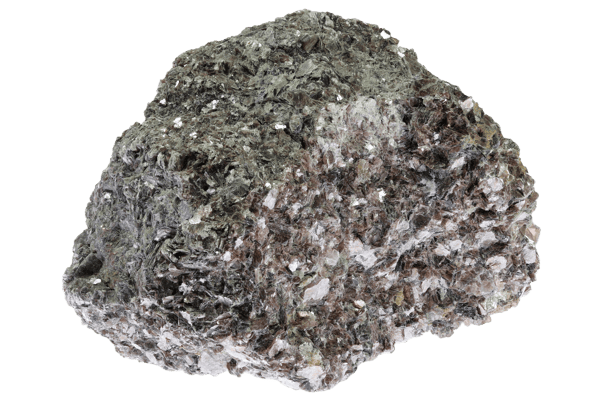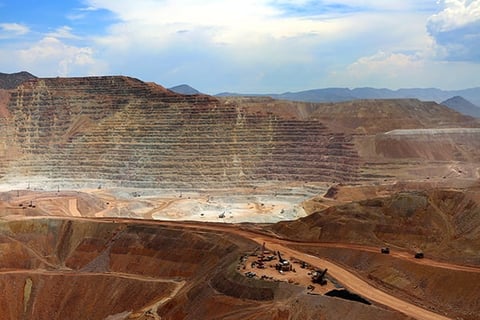
Below the earth’s surface is a treasure trove of metals and minerals that play a vital role in powering industries, fueling economies, and shaping everyday life. Mining occurs all over the world and isn’t limited to just coal and gold. Let's dig up the details and see what commodities are mined in the U.S.
History of Mining in the U.S.
America has a rich history of mining. Seven thousand years ago Native Americans mined copper in hand-dug pits in the Keweenaw Peninsula in Michigan. This mining was unique because the copper was pure metal. This native metal differed from other mines containing rocks and sediments with small bits of copper that were extracted through labor-intensive processes.
Mining continued in Colonial America as colonists were influenced by the promise of discovering valuable minerals in their quest for a new world. The colonists searched along the Atlantic coast and began finding silver, lead, copper, iron, tin, antimony, coal, and other minerals. However, all of these were found in limited quantities and thus not profitable. Nevertheless, the colonists persisted. Mining occurred in Virginia, Massachusetts, Rhode Island, Connecticut, New York, and Pennsylvania. The first commercial U.S. coal production began near Richmond, Virginia, in 1748.
Fifty years later the gold rush began. No, not the California Gold Rush. First there was the Carolina Gold Rush. In 1799 a large nugget of gold was discovered in North Carolina. The nugget was actually used as a doorstop for three years until a jeweler recognized it as gold, sparking the start of the first gold rush in America. From 1804 to 1828 all domestic gold that was coined by the U.S. Mint came from North Carolina.
In 1848, the next and most commonly known gold rush started in California, bringing approximately 300,000 people to the West Coast. Gold continued to entice and attract Americans with the Pike’s Peak Gold Rush in Colorado in 1858. Then, from 1898 to 1911 Alaska had the Nome Gold Rush, Klondike Gold Rush, and Fairbanks Gold Rush. The rest, as they say, is history.
Commodities Mined in the U.S. Today
While the technology and equipment used in mines has transformed dramatically, the commodities extracted in the past are still mined today, along with several others. The most common commodities mined in the U.S. include coal, copper, gold, iron ore, lithium, molybdenum, silver, uranium, and phosphate.
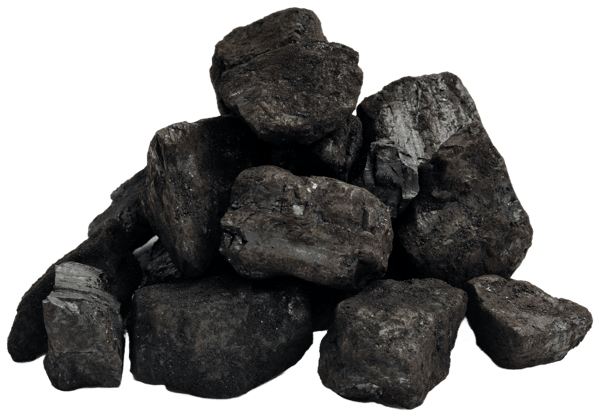 https://www.istockphoto.com/photo/small-pile-of-coal-gm182440255-11727609?phrase=coal
https://www.istockphoto.com/photo/small-pile-of-coal-gm182440255-11727609?phrase=coal
Coal
Coal is the most mined commodity in the U.S. According to the Annual Coal Report, the U.S. produced 594.2 million tons of coal in 2022. This coal came from 548 mines operated in 22 states. The top five coal-producing states were Wyoming, West Virginia, Pennsylvania, Illinois, and Kentucky respectively.
Considering the U.S. consumes 515.5 million tons of coal annually, it is no secret that coal is important for America’s energy sector as a fuel to generate electricity.
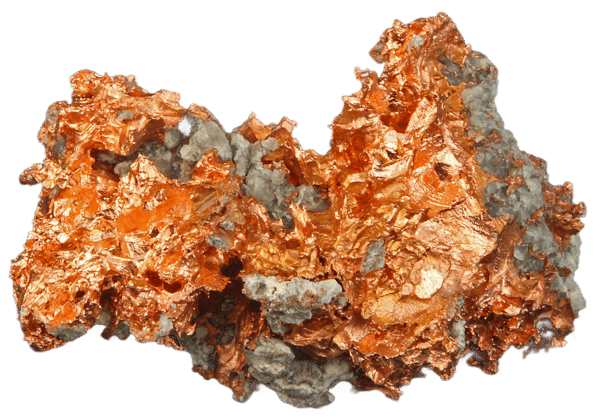 https://www.istockphoto.com/photo/native-copper-on-black-background-gm92118817-5862700?phrase=copper
https://www.istockphoto.com/photo/native-copper-on-black-background-gm92118817-5862700?phrase=copper
Copper
Known for its conductivity, copper is used in electrical wiring, electronics, and construction. It is also one of the critical minerals used to manufacture electric vehicles (EV), EV batteries, solar panels, and wind turbines. Demand for copper is expected to nearly double by 2035.
In 2023, the U.S. produced 1.1 million tons of copper, with Arizona as the leading state. Copper was also mined in Michigan, Missouri, Montana, Nevada, New Mexico, and Utah.

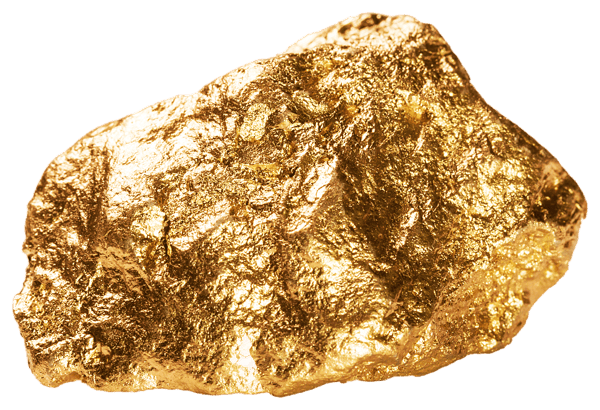
https://www.istockphoto.com/photo/gold-nugget-on-white-background-gm487174613-38741018?phrase=gold+nugget
Gold
A symbol of wealth and prosperity, gold has captivated humans for centuries. This is evident by the number of gold rushes in U.S. history. The interest in discovering and producing gold is alive and well today, with 170 tons of gold mined in the U.S. in 2023. Nevada was the top-producing state, followed by Alaska. Gold was also mined in Arizona, California, Colorado, Idaho, Michigan, New Mexico, South Carolina, South Dakota, and Utah.
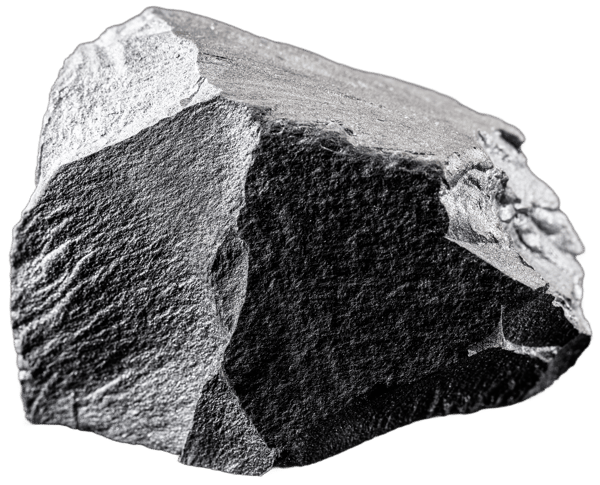 https://www.istockphoto.com/photo/iron-ore-stones-on-isolated-black-background-used-in-industry-chinese-iron-ore-for-gm1281496514-379518257?phrase=iron+ore
https://www.istockphoto.com/photo/iron-ore-stones-on-isolated-black-background-used-in-industry-chinese-iron-ore-for-gm1281496514-379518257?phrase=iron+ore
Iron Ore
Essential for the production of steel, which is the backbone of infrastructure, manufacturing, and transportation, iron ore is another commodity mined in the U.S. Minnesota and Michigan were the top producing states in 2023, mining 44 million tons of iron ore.
Lithium
Increased demand for electric vehicles and renewable energy has made lithium emerge as a vital resource. Lithium is a key component of rechargeable batteries commonly used in laptops, cell phones, and electric vehicles. The U.S. is the largest consumer of lithium, but currently, there is only one lithium mine in operation, Silver Peak in Nevada.
The U.S. is attempting to reduce its lithium deficit with the creation of two more lithium mines, both of which are also located in Nevada. Construction on Thatcher Pass started in 2023 and production is expected to begin in late 2026. Rhyolite Ridge is expected to begin construction early this year with the goal of starting production sometime in 2026.
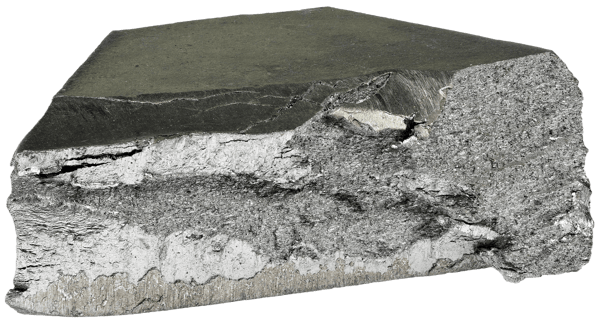 https://www.istockphoto.com/photo/99-9-fine-molybdenum-gm1768589274-545584467?phrase=molybdenum+mine
https://www.istockphoto.com/photo/99-9-fine-molybdenum-gm1768589274-545584467?phrase=molybdenum+mine
Molybdenum
One of the lesser-known commodities mined in the U.S. is molybdenum. Molybdenum is used to make alloys. For example, it is used to create steel alloys to increase strength, hardness, electrical conductivity, and resistance to corrosion and wear. “Moly steel” alloys are used in parts of engines, while other alloys are used in heating elements, drills, and saw blades. Molybdenum is also used in chemical applications for catalysts, lubricants, and pigments.
In 2023, the U.S. produced 34,000 tons of molybdenum, making America the fourth largest producer globally. There are two molybdenum concentrate mines in Colorado, and a total of six mines located in Arizona, Montana, and Utah, where molybdenum is a byproduct of mining.
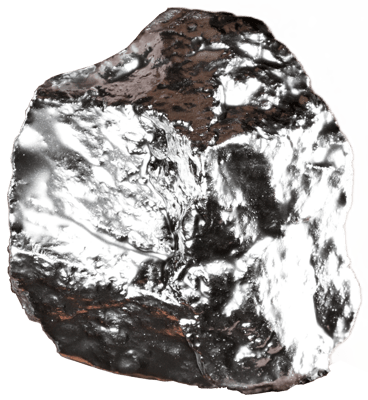
https://www.istockphoto.com/photo/silver-miner-with-nugget-gm134059508-18319797?phrase=silver+mine#
Silver
Jewelry, utensils, and fine art are all obvious uses of silver, but the metal is also utilized in industrial applications due to its conductivity, ductility, malleability, and high sensitivity to light. Fast-growing electronics segments such as solar panels, LED lighting, touch screens, RFID tags, cellular technology, and water purification all use silver.
The U.S. mined 1,000 tons of silver from 12 states in 2023. Alaska produced the most silver, followed by Nevada.
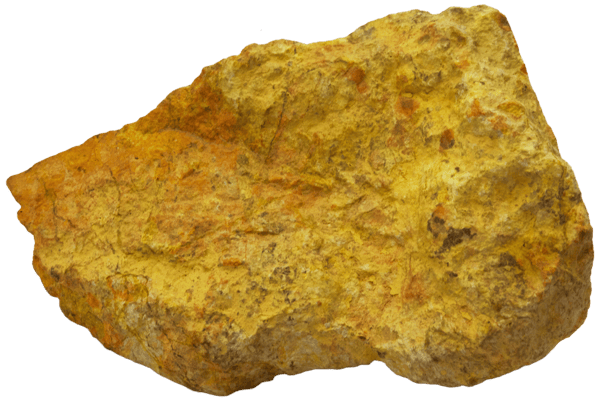 https://www.istockphoto.com/photo/uranium-rock-gm1289498815-385156153?phrase=uranium
https://www.istockphoto.com/photo/uranium-rock-gm1289498815-385156153?phrase=uranium
Uranium
Uranium was primarily used as a colorant for ceramic glazes and for tinting early photography in the past. Now, it is used to power commercial nuclear reactors that produce electricity. U.S. uranium production peaked in 1980 and has decreased in recent years due to low prices. There are four uranium mines in the U.S., located in Wyoming and Nebraska, that produced 46,619 pounds of uranium in 2023.
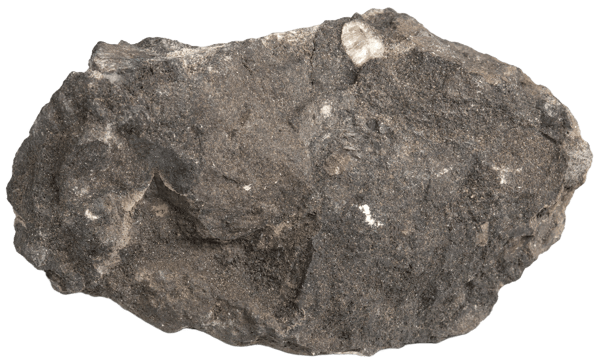 https://www.istockphoto.com/photo/mineral-stone-phosphorite-or-rock-phosphate-isolated-on-white-background-phosphorite-gm666934596-121637563?phrase=phosphate
https://www.istockphoto.com/photo/mineral-stone-phosphorite-or-rock-phosphate-isolated-on-white-background-phosphorite-gm666934596-121637563?phrase=phosphate
Phosphate
Phosphate is vital for agricultural fertilizers. These fertilizers help sustain food production and contribute to global food security, making phosphate an essential component of agricultural supply chains.
In 2022, 21 million tons of phosphate were mined in the U.S. This came from nine mines in four states, with Florida and North Carolina accounting for 75% of total domestic output. The remaining phosphate was mined in Idaho and Utah.
Dixon Mining Solutions
Whether it is underground, surface, placer, or in-situ mining, Dixon’s offering of pneumatic and hydraulic components, heavy equipment refueling nozzles and receivers, and fluid transfer products and accessories can help with any challenge.
We take pride in our ability to offer a wide array of high-quality products and services that are specifically tailored to meet the diverse needs of the mining industry. Recognizing the challenges and demands associated with working in harsh environments, we have developed solutions that prioritize safety and productivity. By offering a comprehensive range of products, we aim to minimize downtime, reduce maintenance costs, and guarantee maximum uptime for underground mining operations.
Conclusion
The U.S. mining industry is vital to the nation’s economy, providing essential resources that power industries, drive innovation, and sustain livelihoods. From traditional commodities like coal and gold to emerging resources like lithium, the country’s diverse minerals ensure its resilience and competitiveness in the global marketplace.
Unearth more information about Dixon’s mining solutions by visiting dixonvalve.com or calling 877.963.4966.



